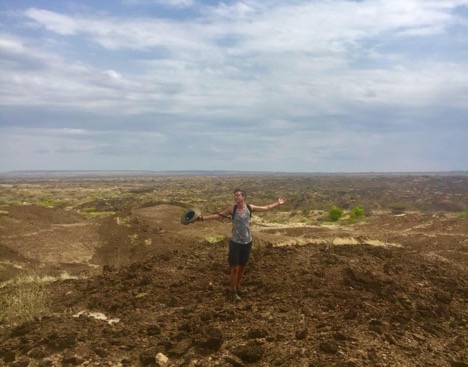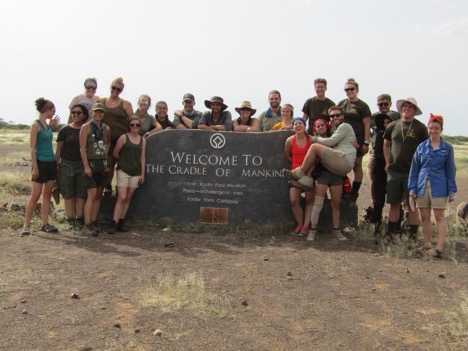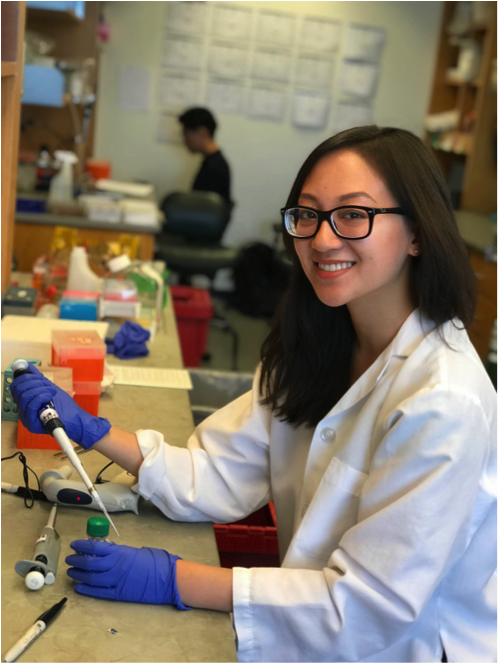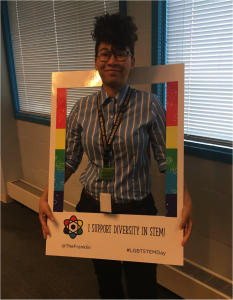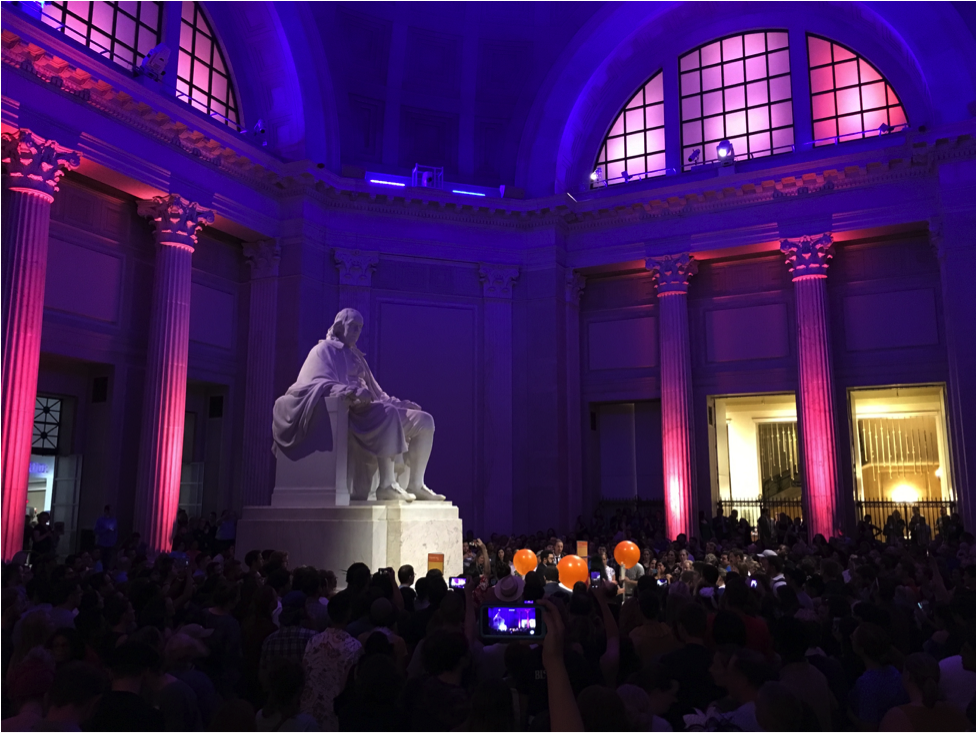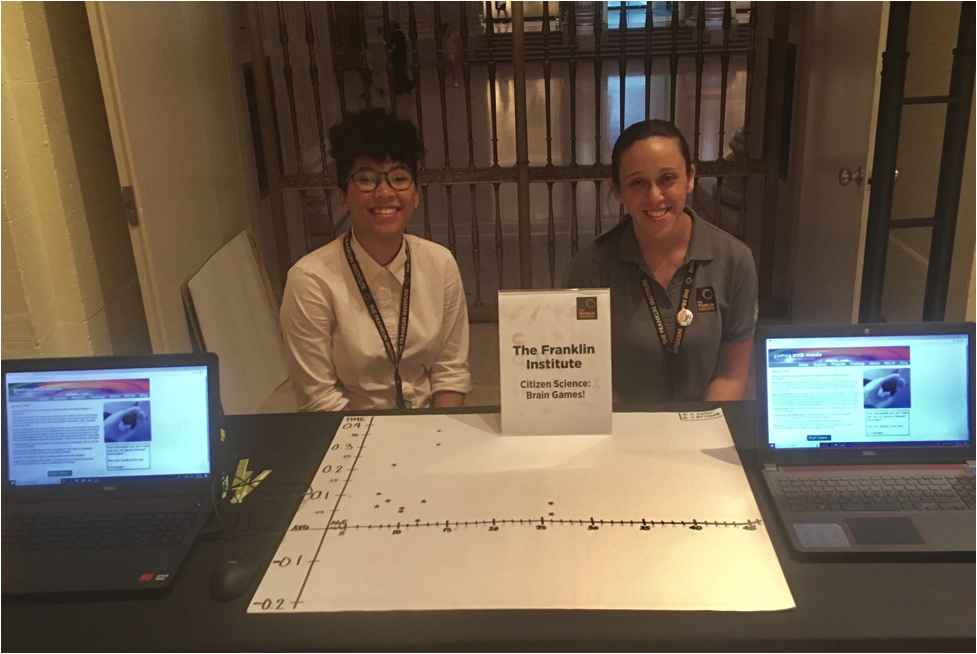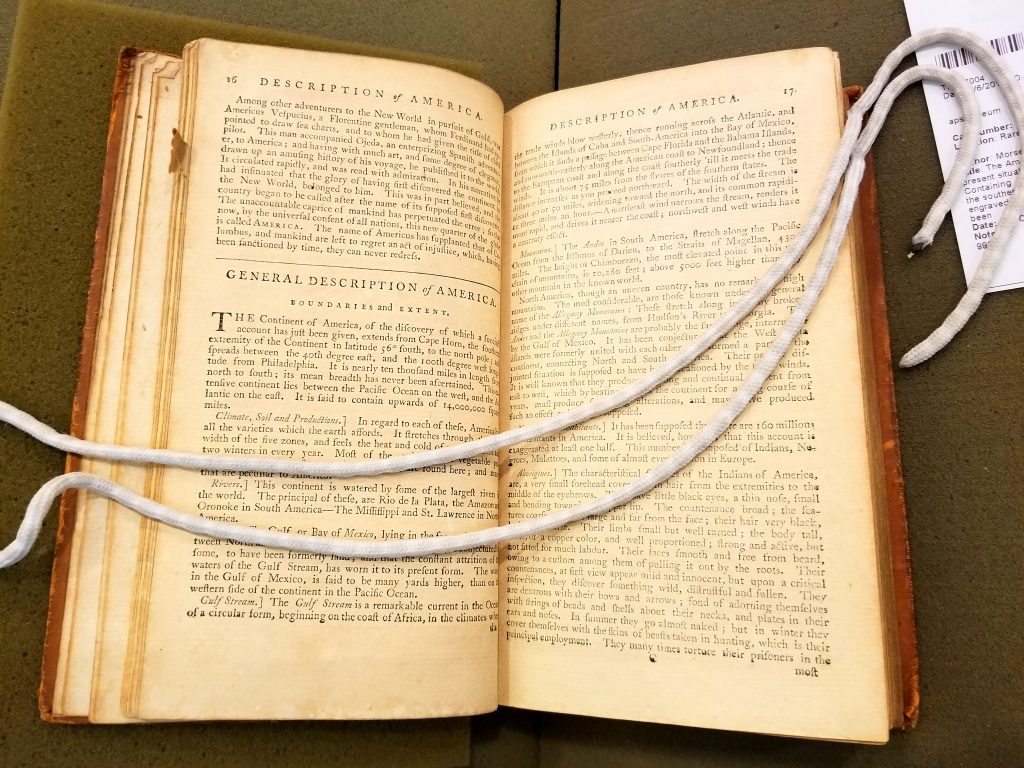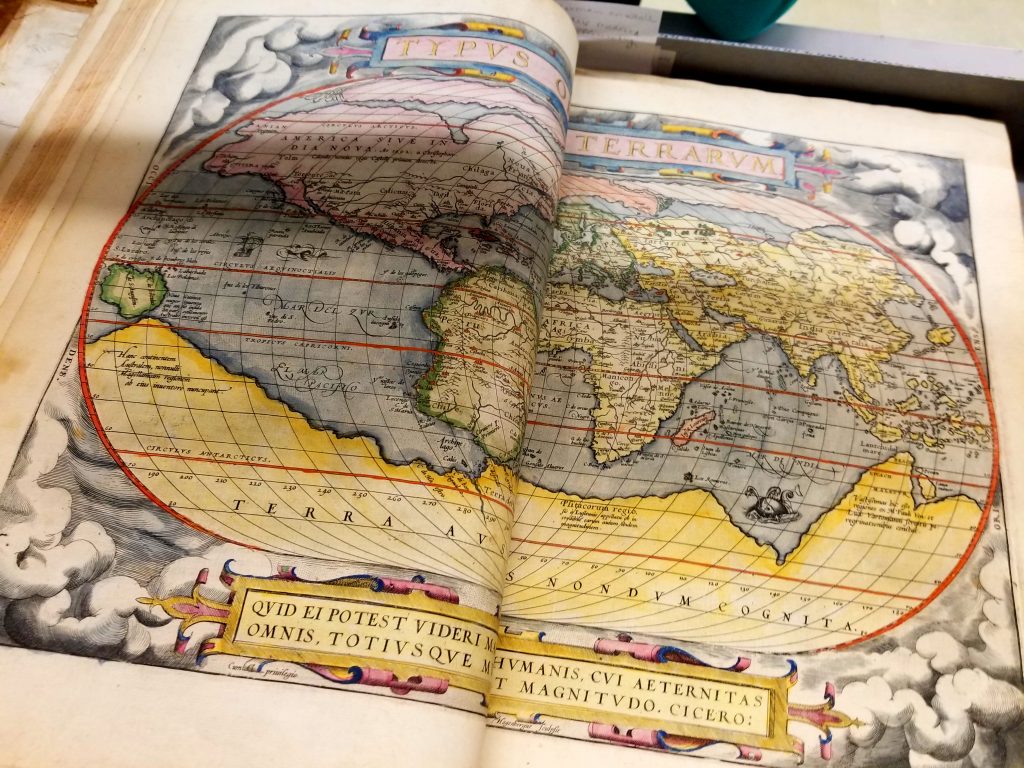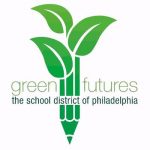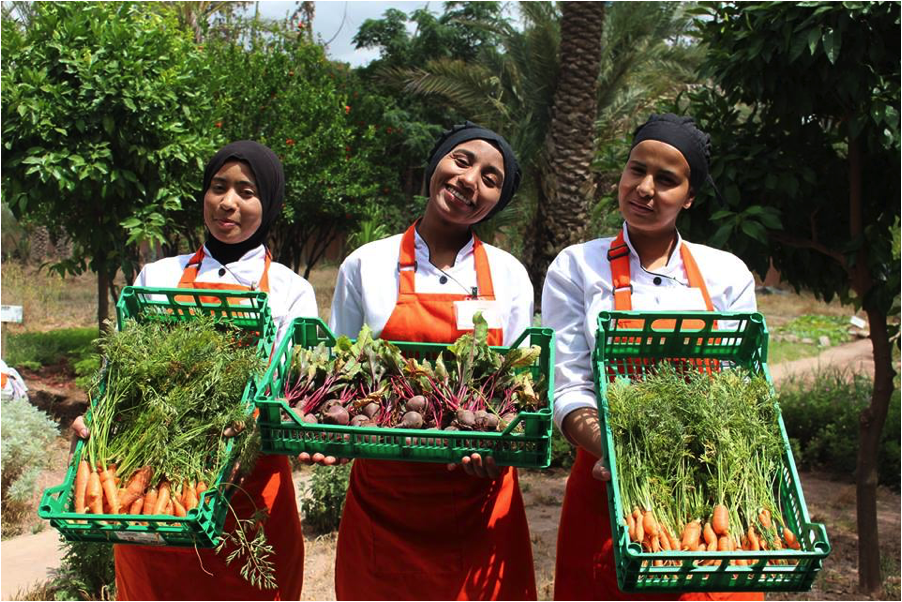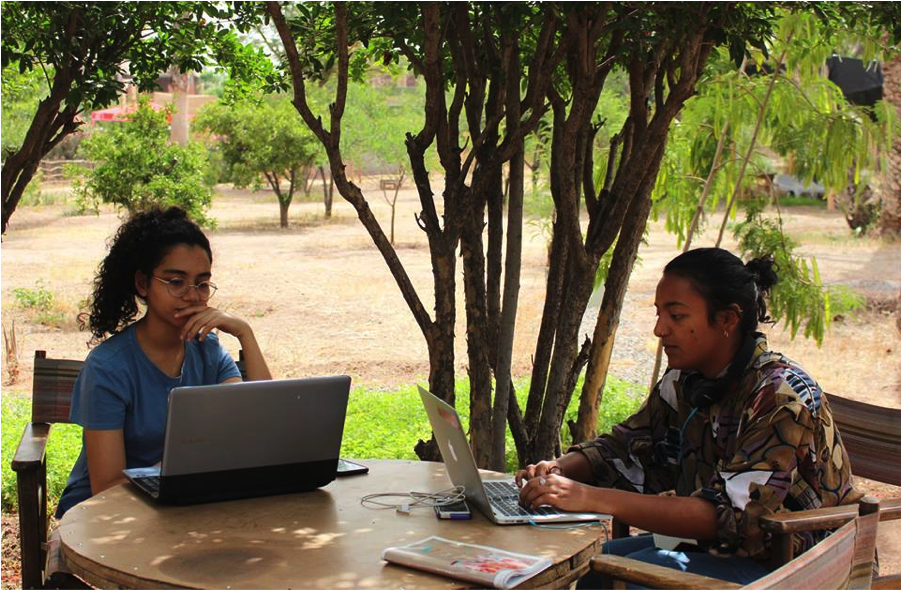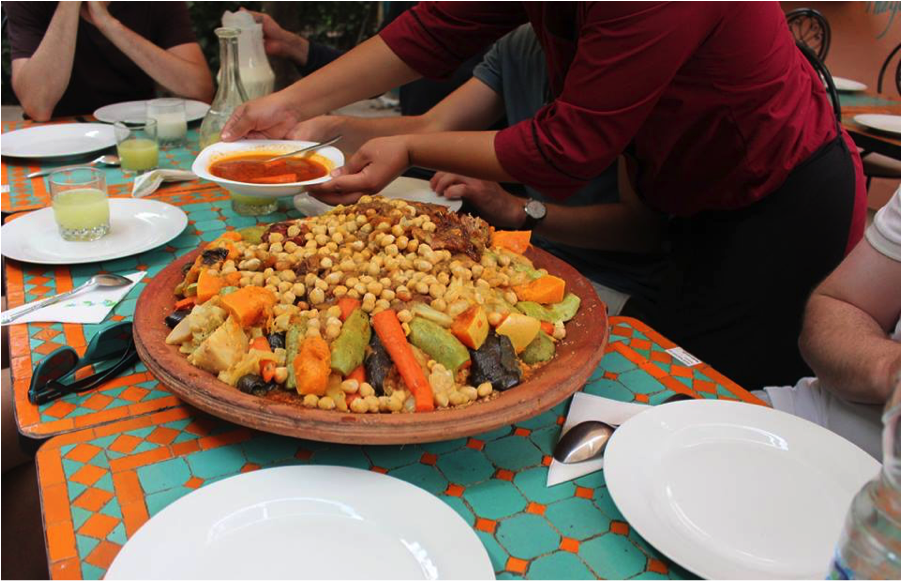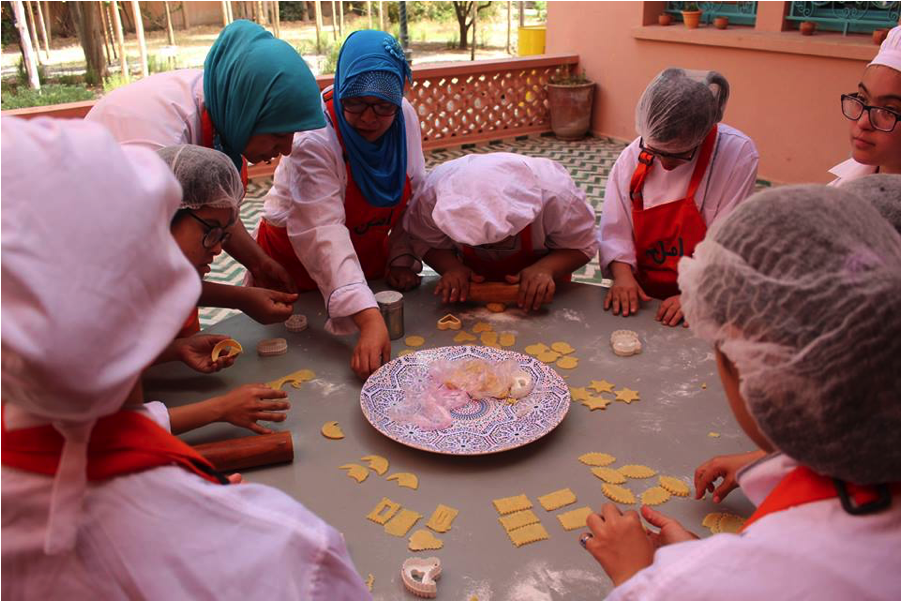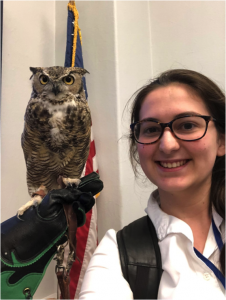Name: Allegra Wham
Class Year: 2019
Major: Sociology
Hometown: Arlington, Va.
Internship Placement: Pilot Light Chefs
Job Title: Public Health Intern
Location: Chicago
This summer, I lived and worked in Chicago! I interned at Pilot Light Chefs, a food education nonprofit. Pilot Light was founded by four Chicagoland chefs to bring food education to low-income schools in the South Side through everyday school subjects.
Traditionally, a chef volunteer comes in to a classroom in one of the 15 partner schools and helps teach a lesson that deals with food; these often have greater purposes, like teaching empathy. The lessons brought to the classrooms are created in a collaboration between teachers and chefs. I sat in on a couple of lesson planning days where teachers and chefs added to the lesson deck and it was amazing to see these two seemingly separate careers come together in one room. Moreover, the lessons are streamlined with Pilot Light’s Food Education Standards, which are the first of its kind. These standards help set the path for students to learn how food can create common threads between their classmates, family members, and someone walking by them on the street. These standards also show students how advocacy can play into their everyday lives; all of the lessons created include potential advocacy projects that students in different grade bands can do.
The 7 Food Education Standards are:
- Food connects us to each other.
- Foods have sources and origins.
- Food and the environment are interconnected.
- Food behaviors are influenced by external and internal factors.
- Food impacts health.
- We can make positive and informed food choices.
- We can advocate for food choices and changes that impact ourselves, our communities, and our world.
I honestly didn’t know that much about food education going in and it was enlightening to read these standards (and their larger descriptions) on my first day of work.
This summer I was given many different tasks — I researched, wrote thank you notes to donors, designed materials to be handed out at different events, created decks for stakeholders, helped with the curriculum library, created packets to send to organizations for grants, and more. In addition, while I wasn’t able to see a lesson in a school, I did get to see (and participate in) a mini lesson three times a week for three weeks. PL had a first-time partnership with the Chicago Blackhawks hockey team. A PL teacher on her summer break would make rice bowls with campers from a different Chicago Parks Camp and I got to help! We would make these bowls with half of the campers for 40 minutes and then they would switch and “workout” in the Blackhawks’ practice arena training room. One of the best parts was introducing foods, many of which we take for granted, to these kids and seeing their faces. Many of the kids tried blueberries, raspberries, and broccoli for the first time. I feel really lucky to have worked at PL because I learned so much about food education, public health, and, though it sounds cliché, myself and what I want to potentially do after BMC.
My supervisor, and the Executive Director of PL, is actually a Bryn Mawr alum, which was really fun! I found out about PL through talking to her in the spring. It was really inspiring to work with her and see a strong and successful grad. I really enjoyed working in and learning about food education/public health and exploring Chicago!

